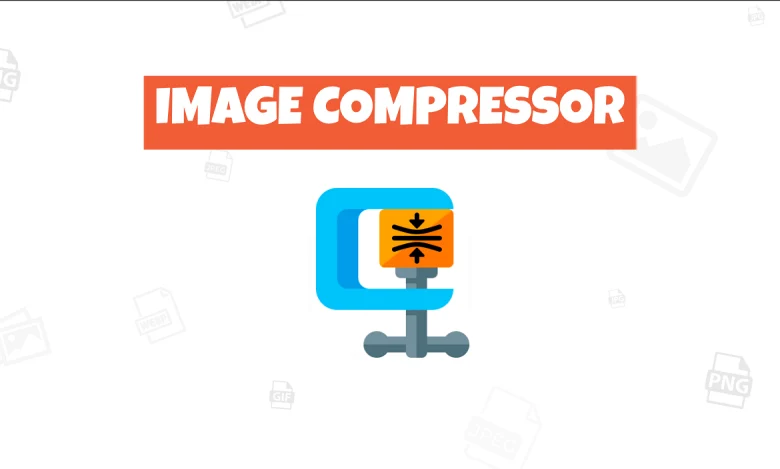
A software application that reduces the size(weight) of the digital images is called an Image Compressor. Usually image compressors reduce the image file-size in bytes without degrading image quality below an acceptable threshold.
Image compression is essential for various applications, including web graphics, digital photography, video streaming, and more. It helps reduce storage space requirements, decrease transmission bandwidth, and improve loading times for web pages.
There are two main types of image compression techniques: lossless compression and lossy compression.
Let’s check both of them in detail;
- Lossless Compression:
Jut like its name, Lossless compression reduces the size of an image without any loss in image quality or data. It preserves all the original pixel information and can exactly reconstruct the original image when decompressed. Common lossless image compression formats include PNG (Portable Network Graphics) and GIF (Graphics Interchange Format).
Lossless compression is ideal for images where quality and detail preservation are critical, such as diagrams, text, and line art.
PNG (Portable Network Graphics): PNG is a widely used lossless compression format that is well-suited for images with sharp edges, transparency, and text. It uses techniques like filtering and entropy coding to compress images without any quality loss.
GIF (Graphics Interchange Format): GIF is commonly used for simple animations and images with limited colors. It employs a palette-based approach and supports transparency but has a limited color depth.
- Lossy Compression:
Lossy compression reduces the size of an image by discarding some of the less important data, which may lead to a slight reduction in image quality. The level of loss is typically controlled by adjusting the compression settings. Common lossy image compression formats include JPEG (Joint Photographic Experts Group) and WebP. Lossy compression is suitable for photographs and images where minor quality loss is acceptable, such as web images, social media, and digital photography.
JPEG (Joint Photographic Experts Group): JPEG is a popular lossy compression format for photographs and natural scenes. It achieves compression by discarding high-frequency details and employing techniques like quantization and chroma subsampling.
WebP: Developed by Google, WebP is a modern image format that supports both lossless and lossy compression. It offers good compression ratios and image quality, making it suitable for web images.
Best Image Compressor
The choice between lossless and lossy compressor depends on the specific use case and the importance of image quality. Lossless compressor is preferable when quality preservation is essential, while lossy compressor is more suitable when reducing file size is a priority, and minor quality loss is acceptable.
Verdict
An image compression utility possesses the ability to reduce the file size of an image. An effective image compressor consistently minimizes file size while preserving image quality and maintaining its original dimensions, whether in terms of width or height, all while striving to minimize the file size in bytes to the greatest extent possible.





